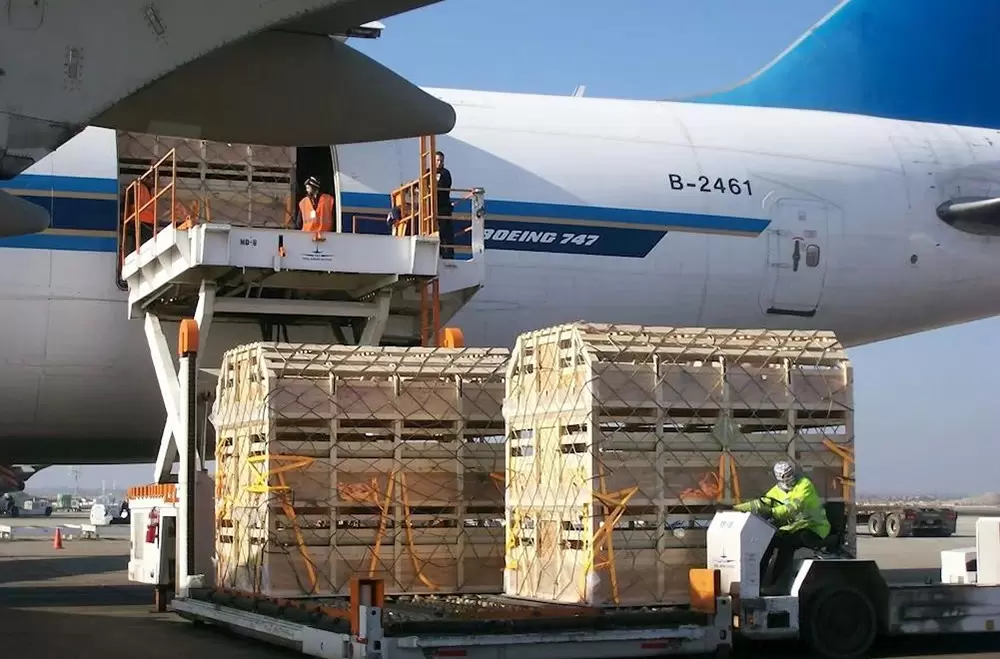Revolutionizing Transportation: Unveiling the Unparalleled Advantages of Rail Transportation
In today's fast-paced world, efficient transportation systems play a pivotal role in connecting people, goods, and ideas. Among the various modes of transportation, rail transportation stands out as a reliable, sustainable, and cost-effective solution. This article delves into the multifaceted advantages of rail transportation, exploring its impact on economic growth, environmental sustainability, safety, and connectivity.
- Economic Growth:
Rail transportation serves as a catalyst for economic growth, fostering development and prosperity in numerous ways:
a) Freight Efficiency: Rail transport enables the movement of large volumes of goods over long distances, providing a cost-effective solution for businesses. With its high carrying capacity and ability to accommodate various types of cargo, rail transportation reduces transportation costs, enhances supply chain efficiency, and boosts trade.
b) Job Creation: The rail industry generates employment opportunities across various sectors, including manufacturing, construction, operations, and maintenance. The expansion and modernization of rail networks create a ripple effect, stimulating economic activity and creating a skilled workforce.
c) Regional Development: Rail infrastructure projects often lead to the development of new industrial zones, logistics hubs, and commercial centers. By connecting previously isolated regions, rail transportation promotes regional integration, attracting investments, and fostering economic diversification.
- Environmental Sustainability:
In an era of increasing environmental concerns, rail transportation emerges as a sustainable alternative to other modes of transport:
a) Reduced Carbon Footprint: Rail transport is renowned for its low carbon emissions compared to road or air transport. Electric-powered trains and advancements in energy-efficient technologies further contribute to reducing greenhouse gas emissions, mitigating climate change, and improving air quality.
b) Energy Efficiency: Trains are highly energy-efficient, capable of transporting large volumes of cargo or passengers with minimal energy consumption per unit. The regenerative braking systems employed in modern trains also harness and reuse energy, further enhancing efficiency.
c) Congestion Relief: By diverting freight and passengers from congested road networks, rail transportation helps alleviate traffic congestion, reducing fuel consumption, and minimizing the environmental impact of transportation.
- Safety and Reliability:
Rail transportation boasts an exceptional safety record, offering unparalleled reliability and peace of mind:
a) Reduced Accidents: Rail accidents are relatively rare compared to road accidents, primarily due to the segregation of rail tracks and the implementation of rigorous safety protocols. Advanced signaling systems, automated controls, and continuous monitoring further enhance safety levels.
b) Weather Resilience: Rail transport is less susceptible to weather disruptions compared to other modes of transport. Trains can operate in adverse weather conditions, ensuring the continuity of services and minimizing delays.
c) Consistency and Punctuality: Rail transportation is renowned for its punctuality and adherence to schedules. With dedicated tracks and fewer external factors affecting operations, rail services provide reliable and consistent transportation options for both passengers and freight.
Conclusion:
Rail transportation emerges as a transformative force, revolutionizing the way we connect and move. Its advantages encompass economic growth, environmental sustainability, safety, and reliability. As societies strive for sustainable and efficient transportation systems, rail transportation stands as a beacon of progress, offering a greener, safer, and more connected future.




